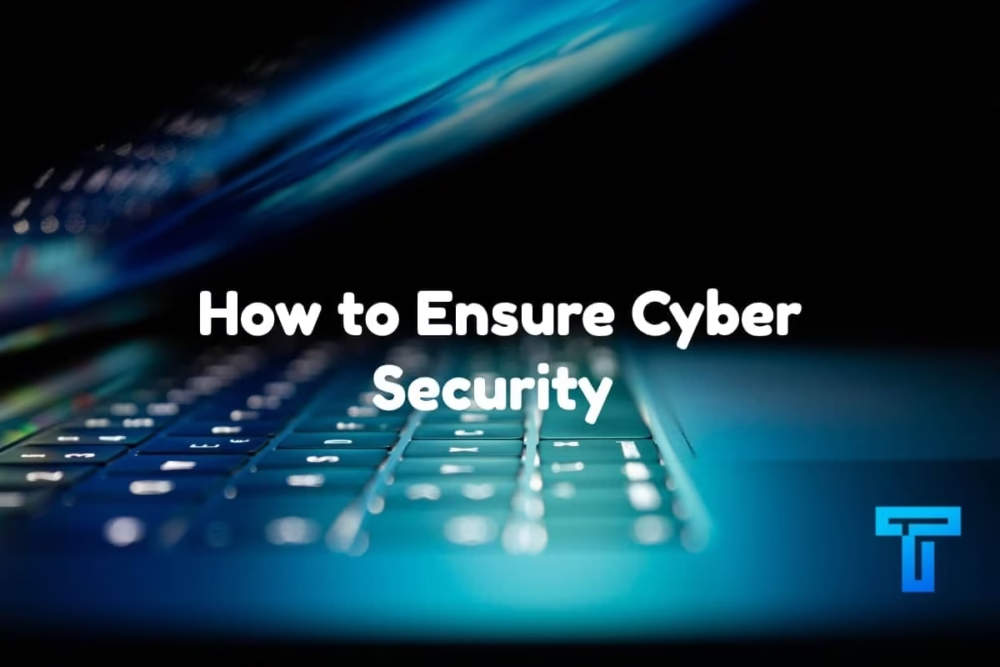In this day and age, cyber security is, rightly so, at the forefront of priorities for all manner of individuals, whether it be in a professional or personal capacity. Computer knowledge is getting more and more complex, which acts as a double-edged sword. Not only are people more capable of enhancing cyber security, but they’re also more capable of breaching it. Of course, all modern electronics are equipped with intrinsically safe batteries; however, this type of safety is only the tip of the iceberg. A breach of cyber security can be much more dangerous than you may initially realize, and it’s vital that you do all you can to ensure cyber security.

Restrict User Access and Limit Admin Privileges
One way in which you can optimize your cyber security is by limiting the number of users who have access to sensitive information. If more users are able to access “off-limits” areas, then the likelihood of a security breach increases. Therefore, you should only grant individuals you trust access to sensitive areas, which can be achieved via a clear differentiation between administrators and standard users.
Sensitive information might include financial data, means of identification, as well as anything else that might be exclusive to your individual situation. Just be sure to assess what’s important to you and make your decisions this way.
Follow Best Practices
As with any security measure, there are best practices that one can follow to ensure they’re in the safest cyber position possible. Best practices include adhering to every universal security standard and gaining all up-to-date certifications. One of the initial steps in building a secure online environment is by encrypting data that gets transferred between servers. This is otherwise known as a Secure Sockets Layer (SSL), which codes information via 256-bit encryption. This encryption makes the information impossible to translate, even when third-party software is involved. The SSL also proves to users that the site is safe thanks to the https:// in the opening of the address bar, as opposed to http://.
Monitor User Activity Regularly
A watertight system allows you to monitor movements in your system or site and instantly respond to any suspicious activity. This type of monitoring is otherwise referred to as cyber monitoring, which is a tool that facilitates you in identifying weak spots, uncovering typical user practices, and recognizing behaviors of malicious intent. This type of monitoring needs to be performed on a consistent basis so that you can identify any differences in your user activity as soon as possible and diagnose whether this is cause for concern or not. In the absence of regular testing, your site becomes vulnerable to silent attacks, which can go unnoticed and unaddressed.
Use Strong Passwords
It sounds like the simplest thing in the world, but a weak password will ultimately allow anyone to penetrate the most intricate of security software. Avoid the use of names or birthdays, as these are the easiest passwords to guess, especially for someone who has a personal connection to you. Instead, you should form your password using an array of random letters and numbers. This way, it becomes almost impossible for anyone to guess your password; however, this also makes it easier to forget. Therefore, you should store your passwords in a secure password manager web app so that you only have one password to remember.
Introduce a Two-Step Authentication
Two-step authentications make it much more difficult for someone to break into your system. Therefore, in addition to strong passwords, you should implement two-factor authentications so that you’re notified whenever someone tries to access your site.

